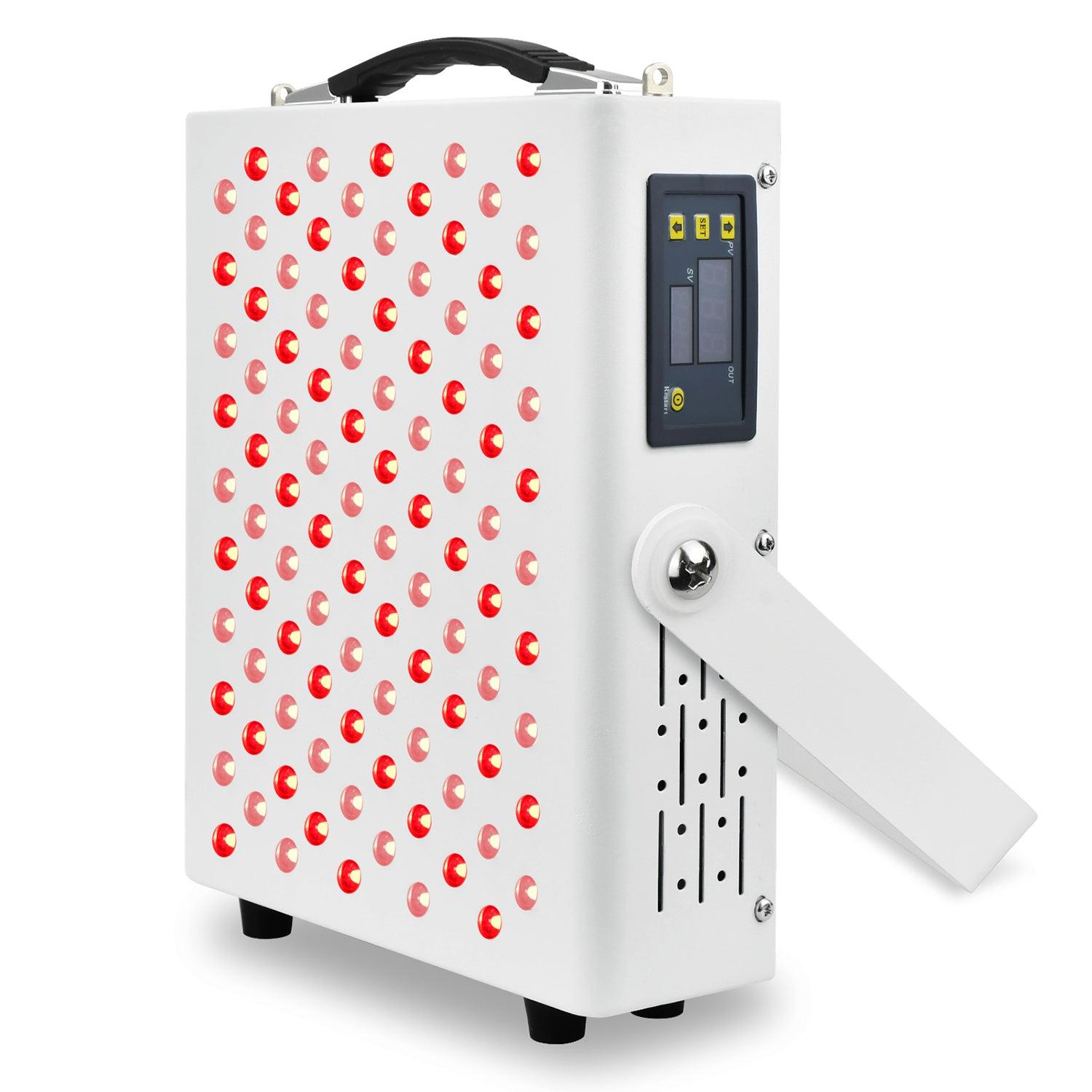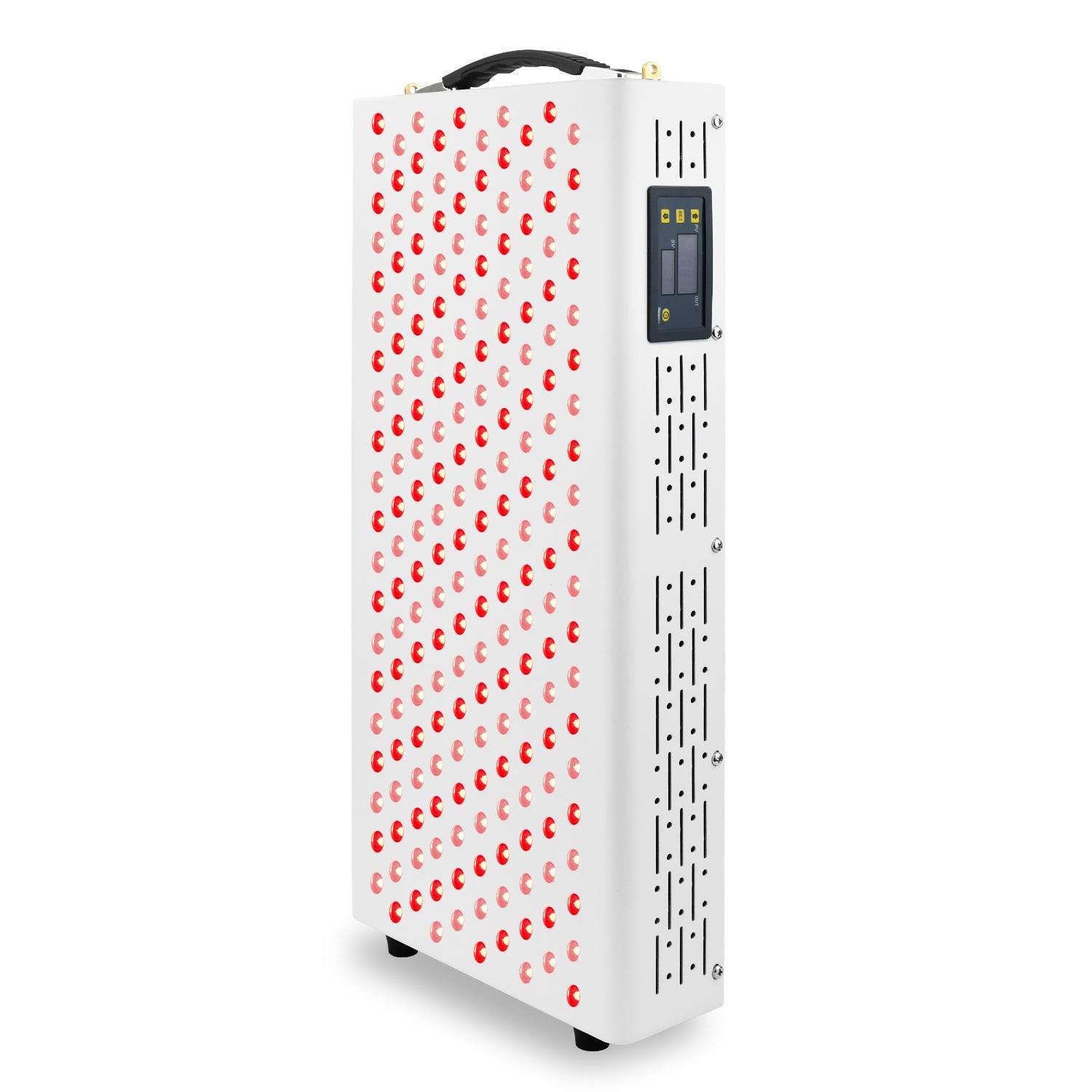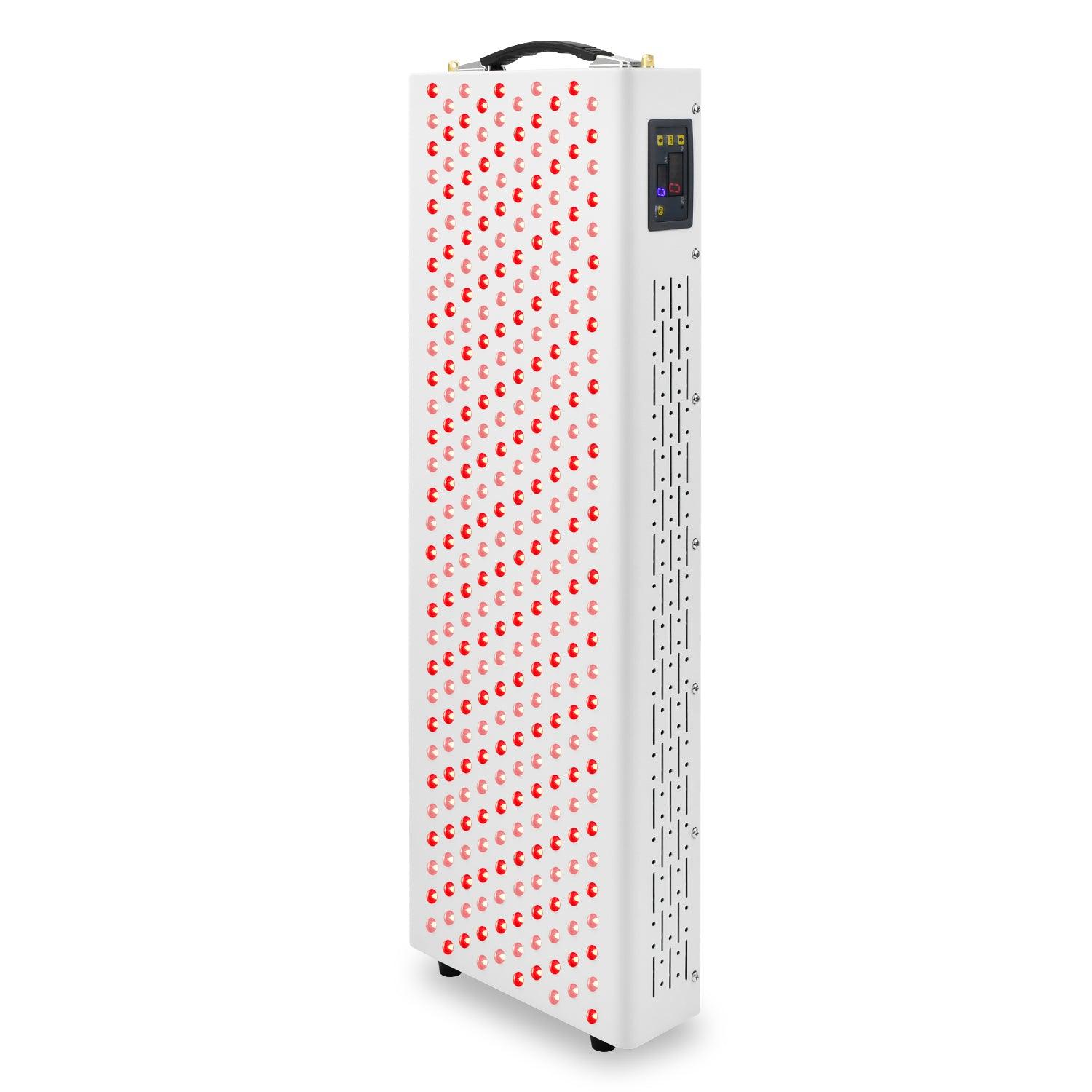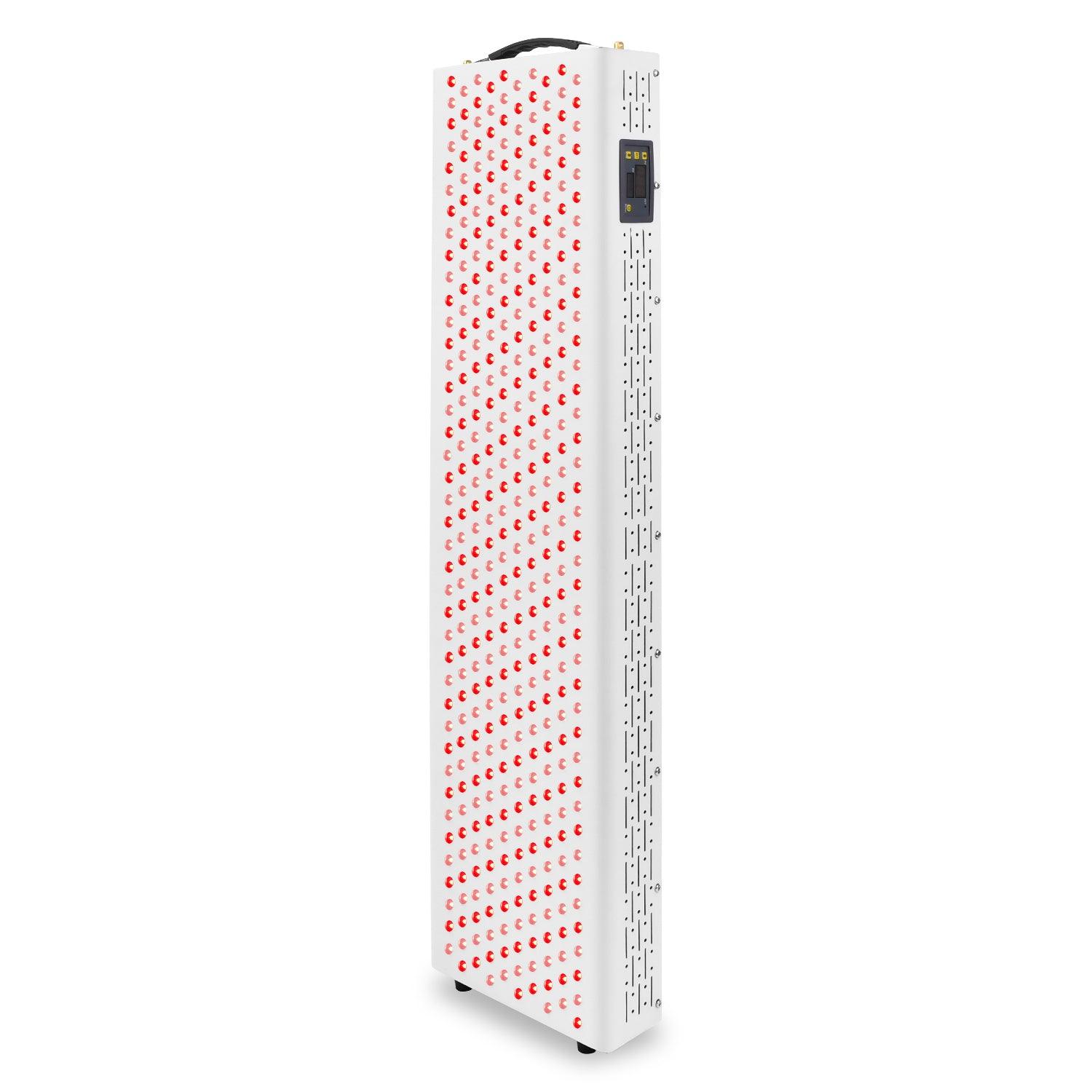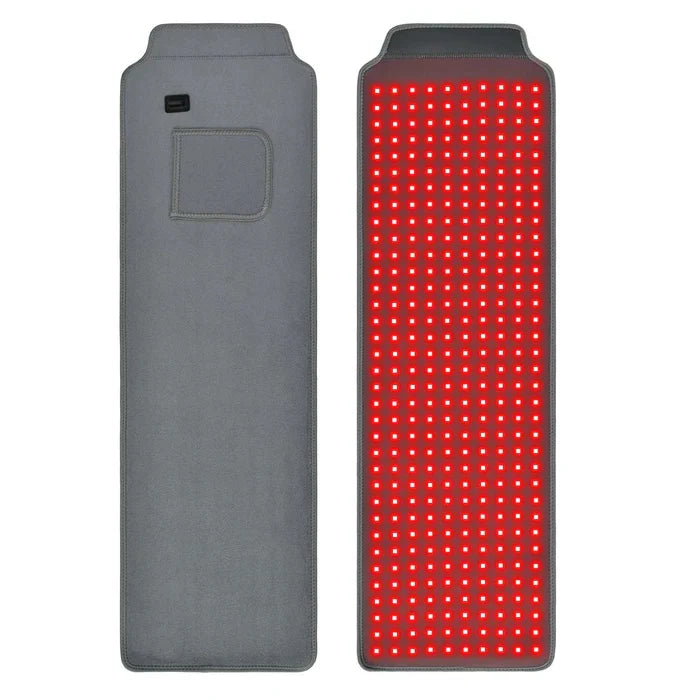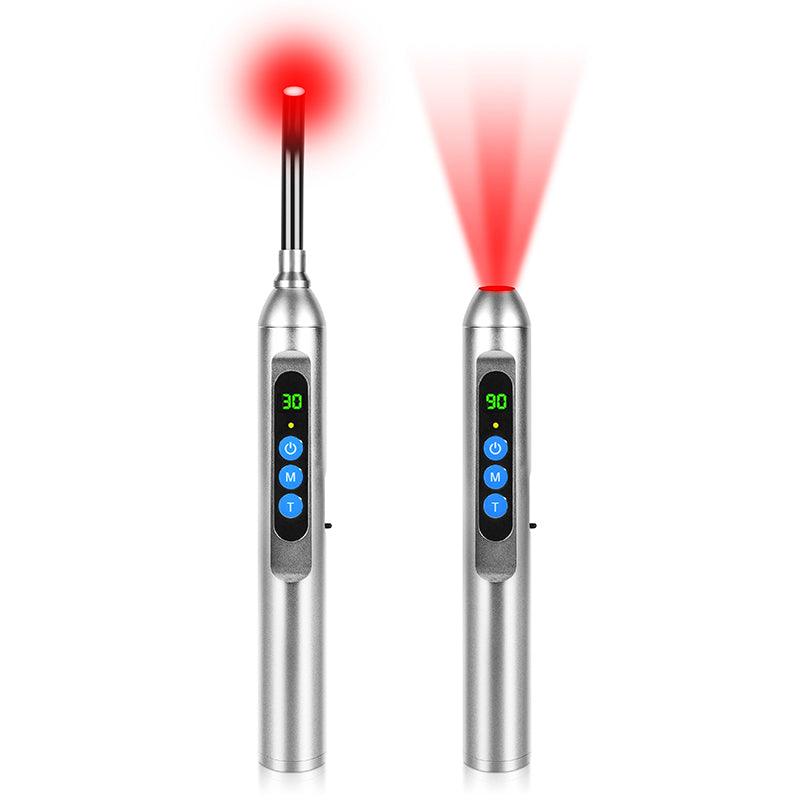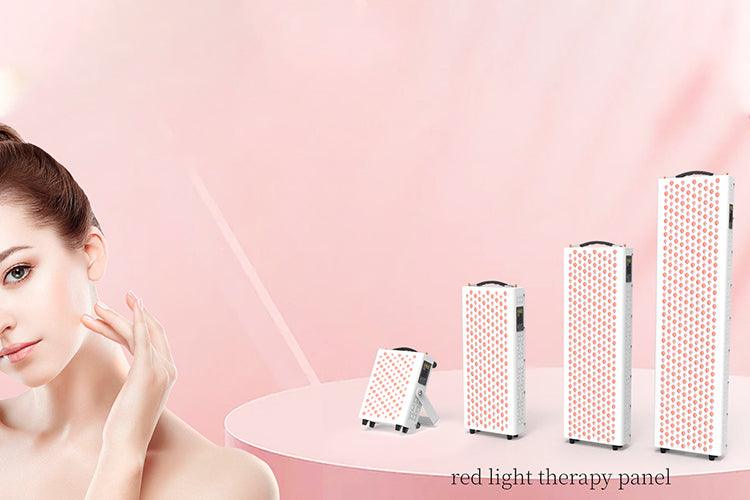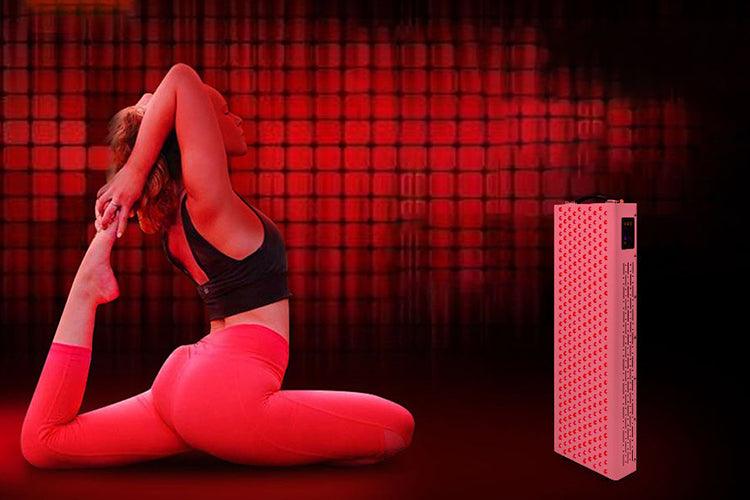Red light therapy or RLT is a new treatment to the medical scene that’s giving promising results in the treatment of wrinkles, scars, acne, and other signs of aging. The treatment process involves using red light to treat various skin conditions. Although many researchers say the treatment needs more clinical trials to confirm its efficiency, you can still ask your doctor if you’re interested in red light therapy.
Tretinoin is a medication used to treat acne. The work of the medication is quite simple. It decreases the number of acne pimples on your face and enhances the healing process for pimples that do develop. Tretinoin belongs to a type of medication called retinoids. The job of retinoids is to affect the growth of skin cells.
Both red light therapy and Tretinoin medication are great methods for enhancing skincare. In recent times, many individuals have begun to show interest in combining different skin treatment methods to produce better beauty effects. One of the common combinations is red light therapy and tretinoin.
What's Red Light Therapy About?
Red light therapy can also be known as photobiomodulation. It is a treatment process that uses low-level red-light waves to improve skin appearance, acne, and scars. There has been a lot of interest in this therapeutic technique in recent times due to its applications in skin rejuvenation and muscle recovery.
Red light therapy faces a lot of controversy as there is still a lot of ongoing research and publications about its effectiveness and health uses. Some of the research work has produced promising effects, however, the full effectiveness of red light therapy hasn’t been determined yet. Some other names people use to describe red light therapy include:
- Low-level laser light therapy.
- Non-thermal LED light.
- Soft laser therapy.
- Cold laser therapy.
- Biostimulation, photonic stimulation.
- Photobiomodulation and phototherapy.
Benefits and Possible Side Effects Involved In Red Light Therapy
Some of the benefits and potential side effects you might encounter when using a red light therapy device include:
1. Improves Skin Texture and Tone
One of the most popular benefits of red light therapy is that it helps to improve the texture of the skin and skin tone. If you have more frequent handheld red light therapy sessions, it can lead to a more even skin tone with a smoother texture and radiant glow.
2. Reduces Aging Signs
Age is something that affects everybody. One of the challenges people face when it comes to skincare is reducing their aging signs. Using a red light therapy cap helps in boosting collagen, and increases elastin production in the body. This helps to reduce sagging skin and aging signs on the body.
3. Minimal Side Effects
It is quite normal to hear of a skin care treatment having side effects. Red light therapy is one of the few skin therapy methods that are generally safe for all skin types. However, it is possible for some people to experience a bit of redness and mild irritation after a session. Most times the effects disappear or subside after a few hours.
How Does Red Light Therapy Work?
1. Reduces Inflammation
Inflammation of the skin can lead to several conditions, including acne, redness and eczema. Red light therapy using an infrared hat helps in reducing the effects of inflammation of the skin. This helps to prevent acne and leads to a healthy and clearer skin.
2. Boosts Collagen Production
One of the main benefits of utilizing a red light hat is its ability to enhance the production of collagen in the body. Collagen is a protein that is responsible for the firmness and elasticity of the skin. When the collagen levels in the body increases, the person’s skin will look plumper, and it reduces the appearance of wrinkles.
3. Accelerates Healing
Another useful trait of red light therapy is that it helps to promote faster cell regeneration. Cell regeneration is crucial when it comes to healing skin conditions or blemishes. Red light therapy not only helps in healing blemishes, but also speeds up the recovery of superficial wounds and burns.
If you want to learn more about red light therapy methods, click here.
Overview Of Tretinoin
Tretinoin is a powerful derivative of vitamin A that is used for acne treatment. Its usefulness in minimizing aging and acne signs on the body has led to its popularity in the skincare world. Tretinoin is a topical medication that accelerates the turnover of skin cells, which is the conversion of dead skin cells to new ones. This makes it especially helpful for treating skin conditions.
When your body has quick cell turnover, it opens your pores and releases trapped bacteria or germs that cause acne or skin problems. Retinoids also help your skin to regulate its production of natural oil, which prevents future breakouts. Tretinoin also has anti-inflammatory properties that help to remove acne pustules.
Uses and Benefits of Tretinoin in Skincare
1. Reduction of Wrinkles and Face Lines
One of the major benefits of Tretinoin is that it boosts collagen production in the dermis. The collagen produced helps in minimizing the appearance of fine lines and face wrinkles. This helps to make the skin appear more youthful and smooth.
2. Improved Skin Texture
Quick skin cell turnover helps to replace old skin with new one. Tretinoin helps in exfoliating the skin pores to reduce the causes of acne and other skin conditions. During exfoliation, the Tretinoin helps to push out bacteria and germs from pores to keep them clean. This results in softer and smoother skin.
3. Treatment of Acne and Scars
Unclogging the skin pores also helps to reduce the formation of blackheads and whiteheads. This helps to reduce the chances of a breakout. Additionally, since Tretinoin helps to promote skin cell regeneration, it aids in minimizing post-inflammatory hyperpigmentation and scars.
4. Skin Discoloration
Skin discolorations are one of the most popular skincare issues people all over the world face. Tretinoin is helpful in treating melasma and different forms of skin discoloration. The medication reduces discolorations by accelerating the shedding of the pigmented or discolored skin cells.
Potential Side Effects Of Tretinoin
Like many skincare medications, sometimes using Tretinoin can be accompanied by some side effects. Some of the side effects you might encounter include:
- Burning Sensation: One of the possible side effects of Tretinoin is a burning or stinging sensation. Some individuals may experience a slight burning or stinging sensation when they apply Tretinoin on their skin. Most times, this effect is temporary and reduces after a couple of red light therapy hat
- Acne Flare: In some instances, users might notice an increase in acne when they initially start using tretinoin. This situation is called the initial purge and it is often temporary. The acne flare is as a result of the Tretinoin clearing bacteria out of your clogged pores.
- Skin Dryness and Peeling: One of the most commonly experienced side effects of using Tretinoin treatment is skin dryness or flaking. The dryness usually occurs when a user initially starts using the medication, and is due to the increase in cell turnover or regeneration. Since the cell turnover has improved, it is possible to experience some flaking. It is crucial to moisturize your skin regularly during tretinoin treatment.
- Increased Sunlight Sensitivity: This is one of the uncommon side effects of Tretinoin. Tretinoin treatment can make the skin more susceptible to sunlight. If you find yourself in this situation, it is vital to apply a good sunscreen daily and limit your exposure to sunlight.
Combining Red Light Therapy And Tretinoin
Combining different skin treatment methods is rapidly becoming a norm in the skincare world. After many trials, it has been discovered that using a handheld red light therapy device with tretinoin leads to great synergy. Both skincare treatments aim to rejuvenate the skin, however, their method of application differs. This allows them to work hand-in-hand to tackle various skin concerns or problems.
Benefits of Using Red Light Therapy with Tretinoin
- Improved Collagen Production: Both a red light therapy paneland tretinoin boost the secretion of collagen in the body. When the two treatments are combined, the effects are a significant improvement in skin elasticity and reduction in the number of wrinkles on your face.
- Reduced Inflammation: For some individuals, first time use of tretinoin can sometimes lead to skin inflammation. Red light therapy can help in negating this side effect. This is a very good synergic benefit. Tretinoin might cause inflammation, but red light therapy ensures the skin remains free from inflammation.
- Boosted Healing: Combining red light therapy with tretinoin also leads to enhanced healing and cell regeneration. Individuals can use red light therapy to soothe any irritation or effects caused by tretinoin medication. The two skin therapy methods work beautifully together.
If you’re looking for a place to get the best red light therapy equipment, you can check out our store.
Precautions and Considerations
Here are some precautions and considerations to make when you want to combine red light therapy with tretinoin.
- Expert Consultation: Before starting any form of treatment combination, it is essential to seek professional advice from a dermatologist to ensure the combination is suitable for your skin type and so there will be no later concerns.
- Spacing Treatments: To reduce your chances of redness or skin irritation, consider spacing the treatments so your skin isn’t overwhelmed. You can try applying tretinoin in the evening and using a red light therapy beltin the morning.
- Monitor Skin Reactions: Similar to regular skin care methods, it is important to note how your skin reacts and adapts to the treatment combination. If you find any discolorations or irritations, consult your dermatologist.
Check out our page to find out more about combining red light therapy and tretinoin.
Conclusion
Using Tretinoin with red light therapy offers certain benefits to your skin. The two treatments can work together to achieve incredible skincare synergy, leaving your skin smooth and wrinkle-free. While the combination of the two methods can offer improved skincare benefits, it is important to always prioritize your skin’s health and consult with professionals before commencing any treatment.


